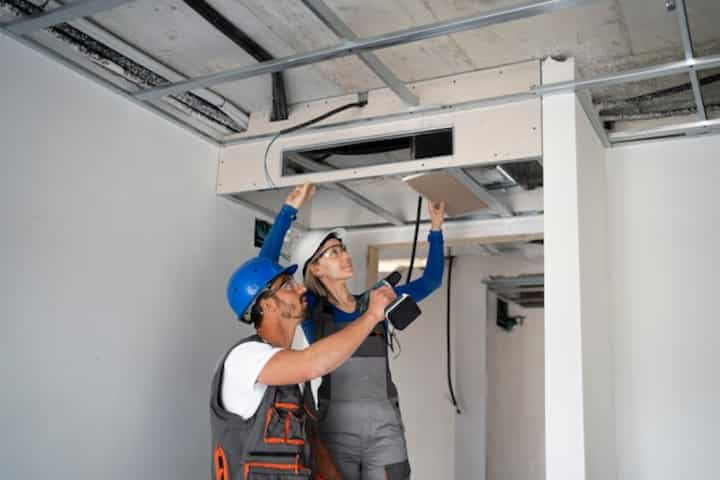
Complete Guide to Attic Mold Remediation Cost, Inspection, and Cleaning
Mold in the attic can be a significant problem, not only because it damages the structure of the home, but also due to the potential health risks it poses to inhabitants. Understanding the costs associated with mold remediation, the inspection process, and the cleaning methods can help homeowners make informed decisions. This guide delves into these critical aspects to provide a comprehensive understanding of attic mold remediation.
Understanding Attic Mold Remediation Costs
The cost of attic mold remediation can vary significantly based on several factors. Understanding these factors can help homeowners estimate potential expenses.
Factors Influencing Costs
- Extent of Infestation: Larger mold infestations will typically require more extensive remediation efforts, resulting in higher costs.
- Type of Mold: Certain types of mold, such as black mold, may require special handling and disposal processes, which can increase costs.
- Accessibility: Attics that are difficult to access may complicate remediation efforts, leading to increased labor costs.
- Professional Services: Hiring professional services ensures thorough cleaning and safety but may add to the cost.
For more detailed insights into the cost implications, Read more about this topic.
The Inspection Process
Inspection is a crucial step in the mold remediation process. It helps in identifying the extent of mold growth and determining the appropriate remediation strategy.
Steps in a Mold Inspection
- Visual Inspection: Professionals will conduct a thorough visual inspection to identify visible mold growth and any signs of moisture intrusion.
- Moisture Mapping: This involves identifying areas of moisture in the attic using specialized tools, which is critical as mold thrives in damp conditions.
- Sampling: Samples may be taken to identify the type of mold present and to assess the level of contamination.
- Air Quality Testing: This test helps determine if mold spores have spread to other areas of the home.
To learn more about the inspection process and its importance, Learn more in this detailed guide.
Cleaning and Remediation Methods
Once mold has been identified, the cleaning and remediation process can begin. This involves several steps to ensure complete removal and prevent future growth.
Effective Mold Remediation Techniques
- Containment: The affected area is isolated to prevent mold spores from spreading to other parts of the home.
- Air Filtration: High-efficiency particulate air (HEPA) filters are used to clean the air and capture mold spores.
- Removal of Contaminated Materials: Materials that have been significantly damaged by mold may need to be removed and replaced.
- Cleaning and Sanitizing: All surfaces are thoroughly cleaned and sanitized to remove mold and prevent regrowth.
- Drying: Dehumidifiers and fans are used to dry the area and eliminate conditions favorable to mold growth.
Explore further insights into cleaning methods here.
Preventive Measures to Avoid Future Mold Growth
Preventing mold growth in the attic requires proactive measures to manage moisture levels and maintain a healthy indoor environment.
Best Practices for Mold Prevention
- Regular Inspection: Conduct periodic inspections to detect and address moisture problems early.
- Ventilation: Ensure proper attic ventilation to reduce humidity levels.
- Leak Repair: Promptly fix any roof leaks or water ingress points to prevent mold-friendly conditions.
- Insulation: Adequate insulation helps maintain temperature consistency and prevent condensation.
Find additional information on preventive measures here.